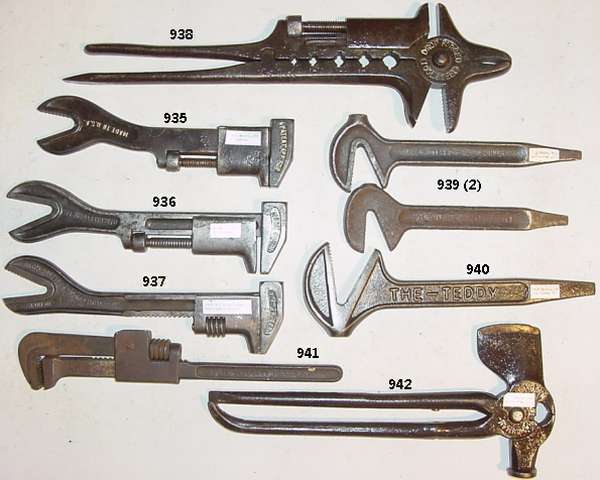A basic tool kit usually contains these essential tools: a hammer, pliers and two screwdrivers — one a slotted head, and one a Phillips head. And that may be all you need to tackle most miscellaneous tasks. But if you find your current tools aren’t working for a particular project, it could be because you’re using the wrong type of tool.
Screwdrivers come in many shapes and sizes, beyond the two most of us are familiar with, and the same is true for hammers and pliers. Read on to learn about what kind of specialized tool you may need to get the job done.
A Slew of Screwdrivers
Every screw has a screw head that dictates what type of screwdriver you need, but when you’ve got two of these tools in your toolbox, you’ll probably try to work with what you have. And that’s one way to strip a screw and make it nearly impossible to remove.

The Phillips screw head resembles other screw heads, including the Quadrex, Phillips Hex and Frearson heads. But each of those requires a specific screwdriver designed to fit the slot. Unless you want to snap a photo of the screw in question and ask someone to help you figure out what screwdriver you need, you could buy a tool set that has interchangeable bits to fit a variety of screw heads. It’ll save you the frustration of ruining a screw with the wrong tool.
Plenty of Pliers
Have you ever grabbed your trusty set of pliers, only to find they don’t open wide enough for task you need to tackle? That’s because pliers are designed for specific uses, just like screwdrivers are, so you might need a different tool.
Slip-joint pliers allow you to change the grip of the tool, for small or large projects. Needle-nose pliers can reach nails in tight spaces, or bend wire — especially helpful when repairing a clasp on jewelry. Locking pliers offer the added function of locking in place, serving as a mini vise-grip.

A host of Hammers
The standard-issue hammer in most tool kits is the claw hammer, named for the bits that help you pry nails from walls. Also known as framing or rip hammers, these tools have handles made of plastic, wood, graphite or fiberglass, and larger, heavier models will have a “rip claw” that’s designed to rip-out boards in demolition.
The claw hammer is intended for use on wood, whereas the ball peen hammer is designed for metalwork. Its head is stronger than a claw hammer’s, so it won’t break or chip when used in conjunction with a chisel.
Club hammers have a large, heavy head that absorbs some of the shock of demolition tasks. And because of the head’s broad surface area, they’re ideal for driving stakes into the ground.
Within each category of hammers, there may be plenty of variations in size and weight, as well as strike-head surface. Some surfaces may have scoring, which helps prevent the hammer from slipping. A smooth convex surface is ideal when putting finishing nails into wood; a convex head is less likely to damage the wood surrounding a nail.
You don’t need to rush out and buy 10 varieties of the most commonly used tools, but now you’ll be better prepared to assess what tool you need for the job at hand.